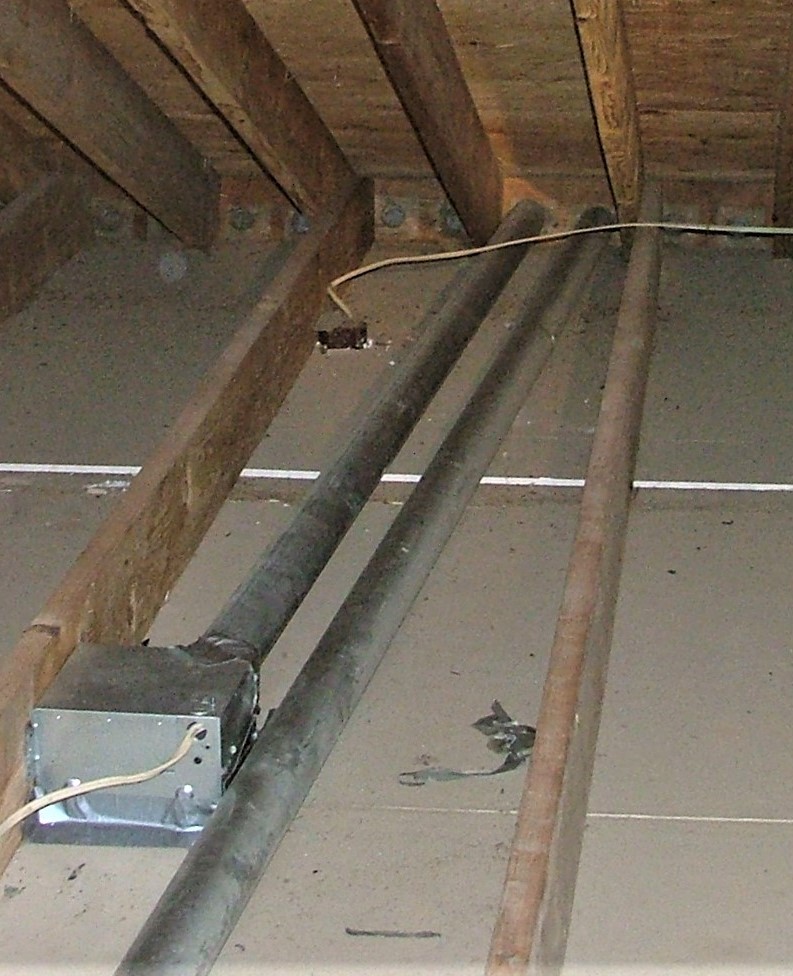If stucco is used for the exterior wall finish the fascia soffit and rake areas can be finished with stucco as well to provide an attic that is restricted from outdoor air exchange.
Soffit ventilation with enclosed attic.
Most effective ventilation uses a ridge and soffit continuous ventilation system but even these designs can vary from roof to roof.
One static vent style is the turbine vent which uses wind to power its enclosed fan all it takes is a light breeze to rotate the blades and suck heat out of the attic view example on the home.
Soffit vents may leave air trapped at the top of your attic.
On a hot summer day attic temperatures can soar to 150 degrees as solar heat radiating through the roof accumulates in the.
How does a soffit fan work.
Since the soffit area for my old house is small he used 3 diameter round soffit vents.
Attic ventilation serves two main functions.
To lower attic temperatures and to remove excess moisture.
Your attic has a microclimate all its own.
In unbalanced attic ventilation situations where the nfva at or near the top of the space being vented greatly exceeds that of the soffit or eave vents such as is permitted in ibc 2012 it is possible for a slight negative pressure to be.
Federal housing authority recommends a minimum of at least 1 square foot of attic ventilation evenly split between intake and exhaust for every 300 square feet of attic floor space.
The roof has a ridge vent and gables in two side of the roof.
We show you how to install soffit vents step by step to improve your attic ventilation.
Enclosed attics and enclosed rafter spaces formed where.
Static roof line vents are effective for ventilation but generally aren t recommended due to issues with leaks.
Soffit vents help increase the airflow are easy to install and only cost about 3 per 8 ft.
Outside air enters the attic space through soffit or eave vents rises through the attic space as it warms and exits through vents that are positioned at or near the top.
Proper attic ventilation consists of a balance between air intake at your eaves soffits or fascias and air exhaust at or near your roof ridge.
Out of an attic than the amount of new air allowed into the attic such as with soffit or eave vents.





























